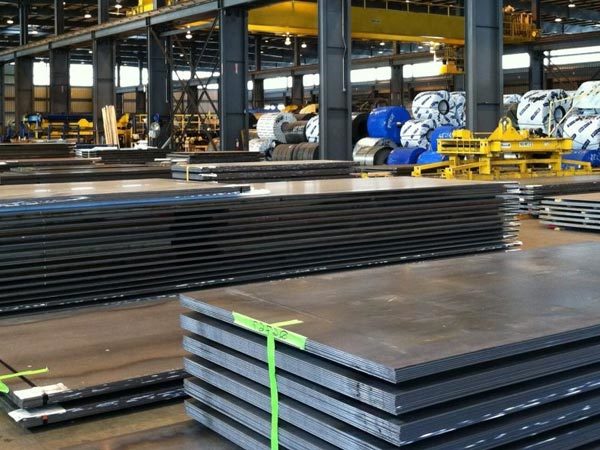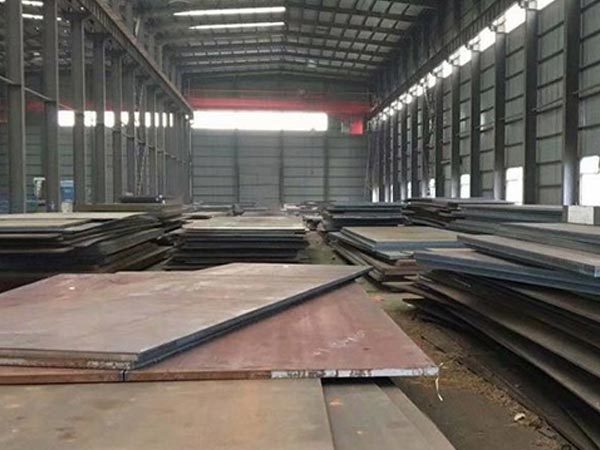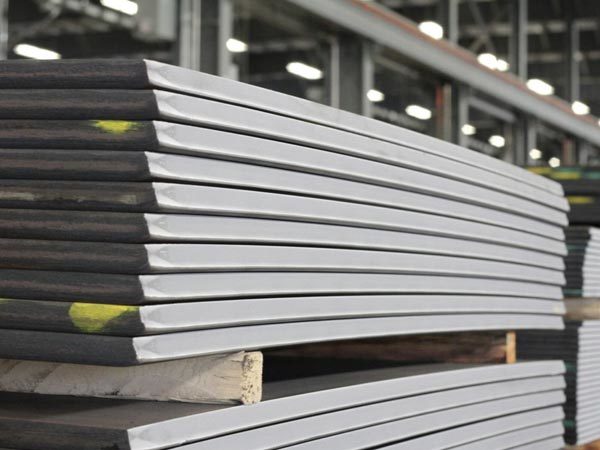The difference between steel plate and iron plate
Time:
Aug 14,2024
There are significant differences between steel plates and iron plates in composition, hardness, characteristics and price, which determine their respective application scenarios and cost-effectiveness.
Composition, hardness, properties and price
The main differences between steel and iron plates are their composition, hardness, properties, and price.
Different composition: Steel plates are mainly composed of iron and carbon, and may contain other metal elements such as chromium, manganese, carbon, etc., while iron plates are mainly composed of iron, and do not contain or contain very small amounts of other metals.
Different hardness: Steel plates have higher hardness, while iron plates have lower hardness.
Different properties: Steel plates are wear-resistant and not easy to rust, while iron plates are easy to wear and rust.
Different prices: Under the same specifications, the price of iron plates is usually lower than that of steel plates.
In addition, steel plates can be divided into thin steel plates, thick steel plates and extra-thick steel plates according to thickness, while iron plates are mainly wrought iron pressed into a plate shape, and may be divided into several types according to different matching metals.
In summary, there are significant differences between steel plates and iron plates in composition, hardness, properties and prices, which determine their respective application scenarios and cost-effectiveness.








